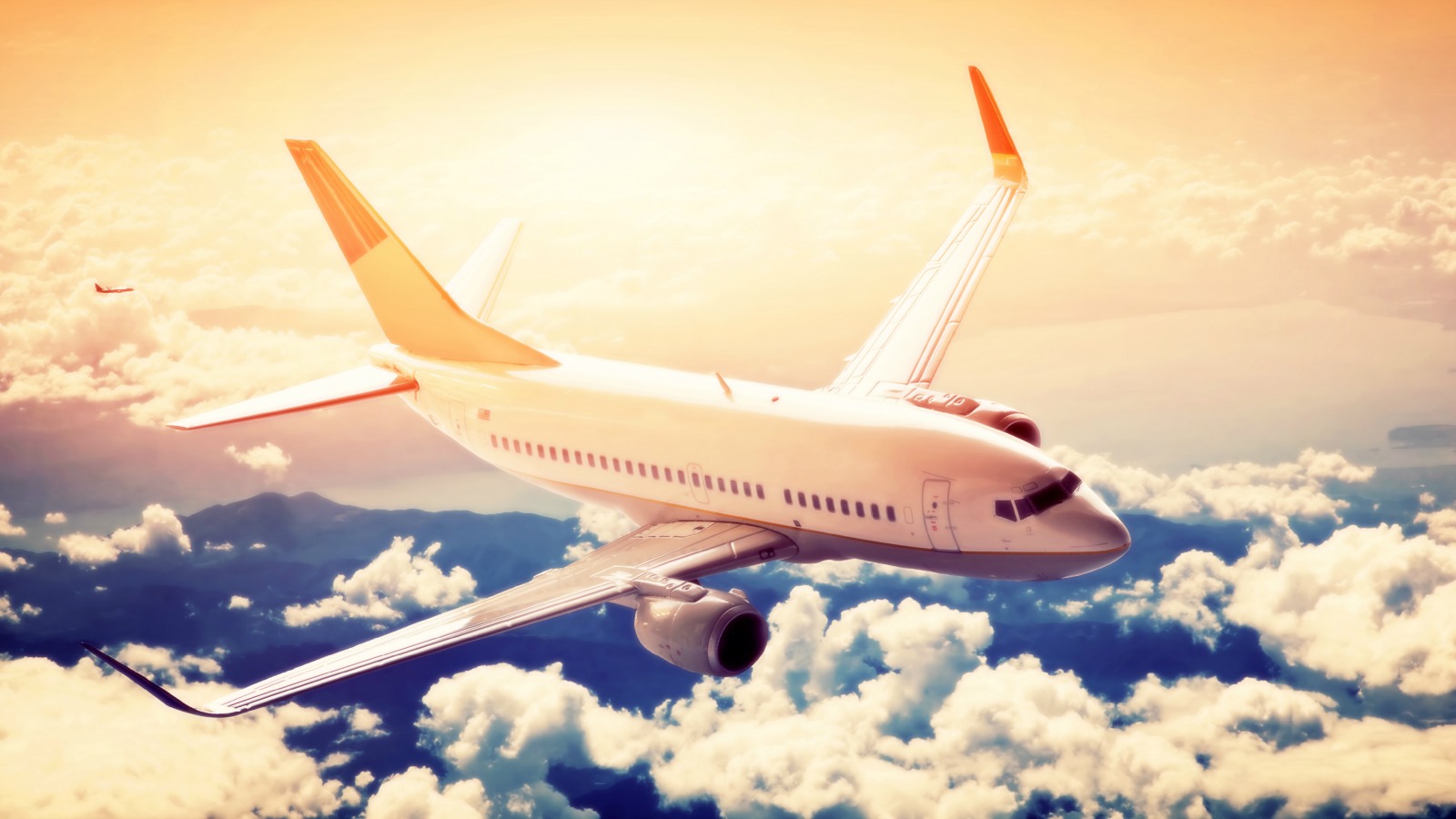Q. Dear Umbra,
Does it matter if I fly a turboprop, jet, or Boeing 787 over the ocean?
Will
Seattle, WA
A. Dearest Will,
Oh — it matters, very much. Tiny as they are, some turboprop planes are able to fly only about 1,000 nautical miles in one go, and a trip from, say, Seattle to Honolulu would cover more than 2,000. I’m afraid the mathematical difficulties would become frighteningly clear somewhere over the North Pacific.
But I kid, Will. I believe what you’re really asking is whether the type of aircraft you ride makes a difference, carbon emissions-wise. And the answer is the same: Yes, it does matter.
I must first point out that flying in general takes a heavy toll on the climate. Aircraft can answer for 9 percent of the United States’ transportation emissions and about 3 percent of our total emissions. Globally, flying let loose 781 million metric tons of carbon dioxide in 2015. Worse still, if things keep on this carboniferous path, airline emissions could triple by 2050. Travelers would do much better to hop on a train or bus, or perhaps take up long-distance bicycling (it’ll do wonders for your quads!). But you already knew this, right, Will? Enough idling on the runway. Sometimes, there’s a flight you’ve just gotta take.
Generally speaking, narrow-body or single-aisle jets win for best fuel economy. Larger (wide-body or double-aisle) jets are heavier, and also have to haul more fuel. Smaller turboprops and regional jets spew more emissions per passenger — number crunchers typically measure this in terms of carbon dioxide emitted per passenger/seat per flight. But it’s not as if you can simply check a box for “narrow-body jet” and hop on to your desired destination: Smaller planes, naturally, fly shorter distances, but odds are that for a transoceanic journey, you’ll be cruising on one of those larger, double-aisled machines with a suite of bathrooms and Jurassic World on demand. So it’s probably helpful to look at a few other factors when making your travel decisions — factors you have a bit more control over.
Such as? How old the plane is, for one. Newer planes have much more fuel-efficient engines, weight-saving features such as lighter seats, and drag-reducing tweaks like upturned wings. And the more passengers we can sardine in there, the merrier (for the planet, if not necessarily for your elbow room) — less first-class seating means more room for others. The idea is that as more people pile in, per-person emissions go down, and airlines could even reduce their total number of flights. You can usually see what model of plane an airline uses for a particular flight when you’re shopping around, which can help you sniff out the best deal for the planet. Even better, the International Council on Clean Transportation has done much of the legwork for you, scouting out the most efficient airlines for domestic flights and transatlantic travel. Spoiler: Your hometown airline, Alaska, did quite well, Will.
We’ve made a lot of progress with aircraft over the years — 45 percent less fuel burn since the late ’60s — but we still have a long way to go. There are some very promising technologies on the horizon, and a limited number are already on the market. We power a handful of flights on clean, renewable biofuels, a switch that can slash 80 percent of jet fuel’s carbon footprint. Other exciting developments: ultralight carbon fiber planes! New “double-bubble” designs! Solar-powered planes! Special anti-bug coatings! (No, really: Dead-bug buildup is a real drag for plane wings.)
Here’s hoping we can green up our global fleet swiftly. Though the EPA recently decided that aircraft emissions contribute to climate change and endanger human health (Welcome to the club, guys!), planes carried 3.57 billion passengers last year — and all signs indicate that number will increase. Heard how the mountain won’t come to Muhammad, so Muhammad has to go to the mountain? Well, if we can’t stop Muhammad from going, at least we can use our collective physics and engineering brilliance to vastly improve the plane he takes to get there.
Optimistically,
Umbra




